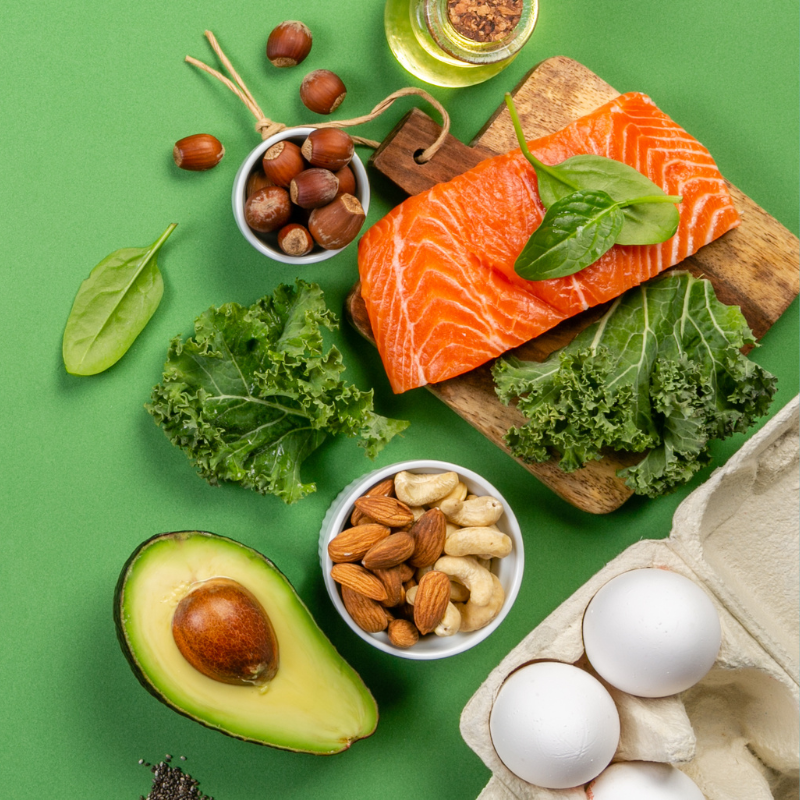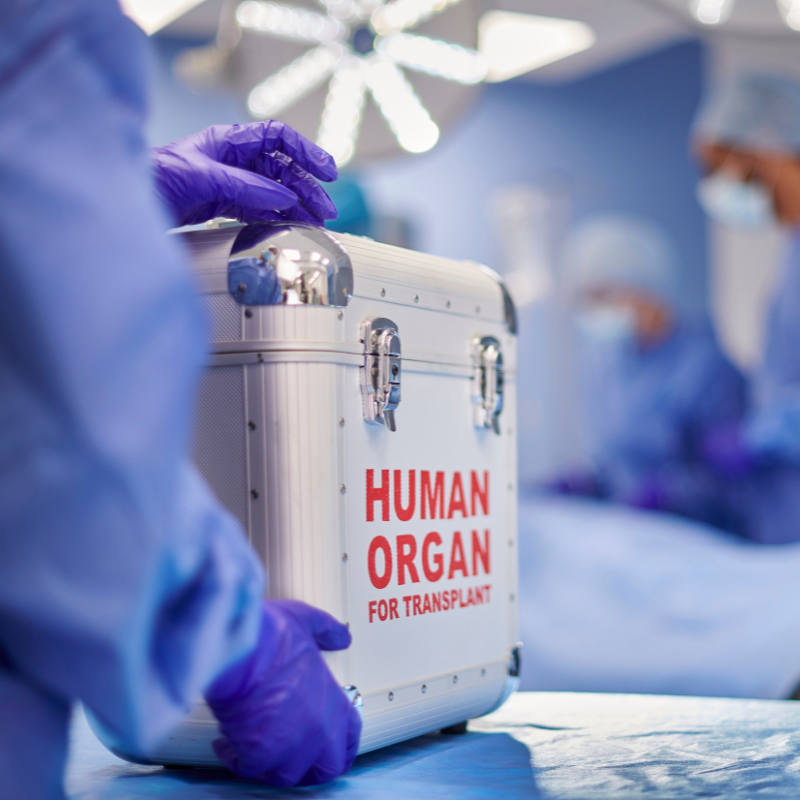
Eating proper portions can help you stay true to your kidney diet!
As a kidney patient, your diet is an important factor in your everyday life. Coming into the new year, don’t lean on fad diets to get healthy—think in terms of portions instead! Correctly portioning the foods and beverages you eat and drink is one of the most effective ways to not only trim excess calories from your diet without dieting, but to also stay true to your kidney diet. Monitoring and evaluating portion sizes can even help you work your favorite foods into your kidney diet plan. It’s all about finding a balance.
Serving sizes of everything have steadily increased in the last several decades. This includes fast food, deli-portions, beverages, cookies and cookbook recipes, coining phrases like super-sized and big-gulp along the way. Even plates and serving utensils have gotten larger, further enabling portion distortion.

A five ounce bagel counts as five of your daily grain servings.
The problem with large portions is that we tend to eat what we’re served without paying attention to our actual sense of hunger. For example, if you order a bagel and it’s five ounces (a typical size these days), that counts for five grain servings—almost all the grains you need in a day. That’s not even taking into consideration what you top that bagel with.
A great way to combat this ordeal is to eat out less and cook at home. Portions served at most restaurants can usually feed two people or more. This also translates to twice what you need for your kidney diet, if you are not careful. A typical pasta dish will have about three cups of cooked pasta, which is actually six servings. The pasta itself may not “hurt” your kidney diet, but you’re also getting six servings of sauce, which means six times the phosphorus in a cream sauce or six times the potassium in a marinara sauce.

Keeping a kitchen scale can help you maintain standard-sized portions.
Start monitoring your kidney diet by recognizing and eating standard-sized portions. You can use the guides below to help increase your awareness of the portions you typically serve yourself. If those are significantly more than what’s recommended, start scaling back. If you have a kitchen scale, get it out and weigh some of the foods that you know you’re overeating.
Some general ways to avoid portion distortion:
- A teaspoon of butter or margarine is roughly the same size as the tip of your thumb (to the first joint)
- Three ounces of meat is equal to a deck of cards
- One cup of pasta is about the size of a tennis ball
- A bagel should be the size of a hockey puck
- One and a half ounces of cheese is the size of three dominoes
- Two tablespoons of peanut butter is roughly equivalent to a ping-pong or golf ball
- A half cup of vegetables is the size of a light bulb
- A bowl of dry cereal or one piece of fruit should equal the size of a baseball
- One ounce of lunchmeat should equal the size of a compact disk
Remember to consult with your physician and/or dietitian to best understand what dietary practices work for you at your stage of PKD.









0 Comments